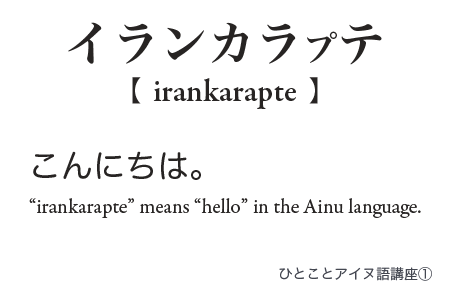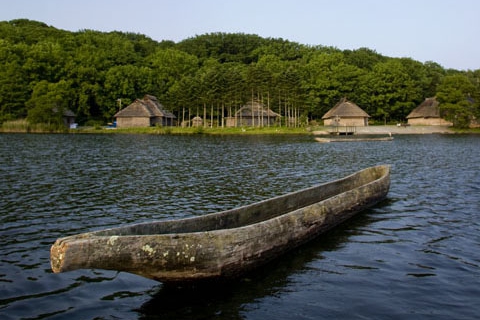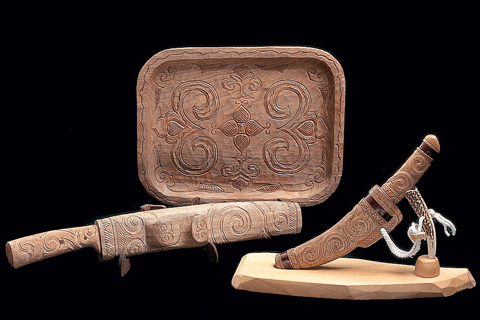Overview of Ainu Policy in Japan
The Ainu People
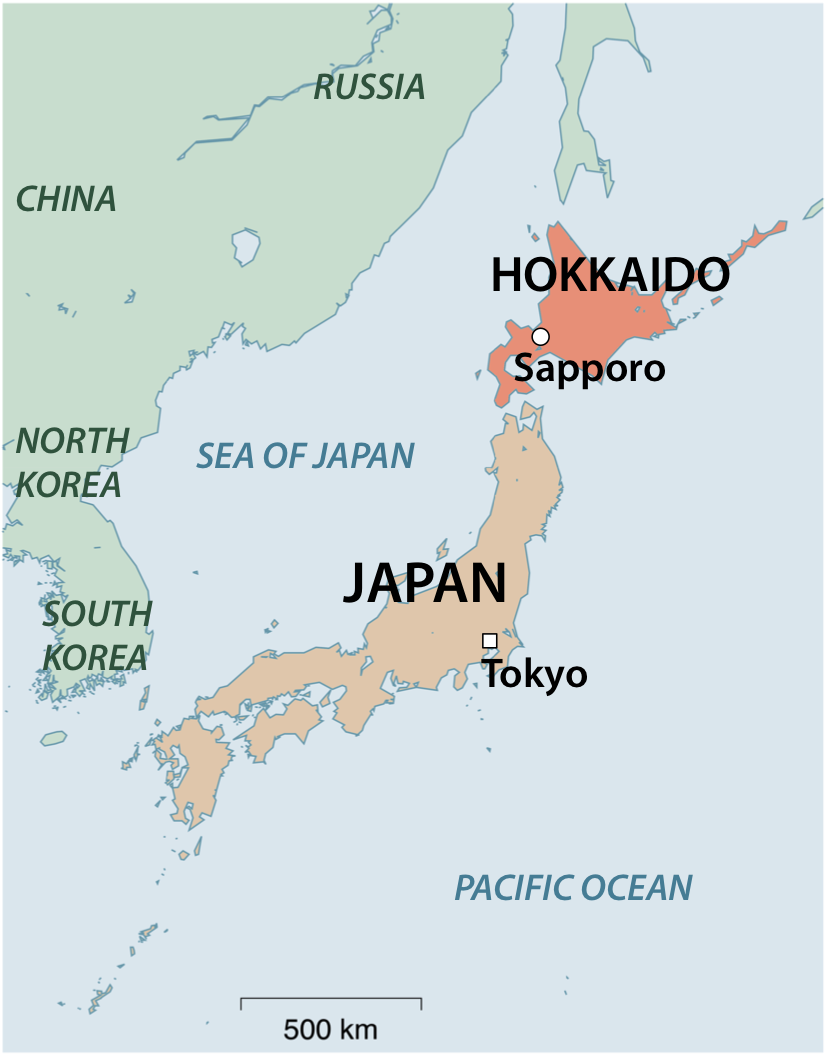
- The Ainu people are an indigenous people who have lived around the northern part of the Japanese Archipelago, especially in Hokkaido, with a unique language as well as religious and cultural distinctiveness.
- The population* of Ainu people living in Hokkaido is estimated at about 13,118, according to the 2017 survey by the Hokkaido prefectural government.
* Number of people municipalities in Hokkaido count as subjects of measures for improvement of living standards of Ainu people.
Promotion of comprehensive Ainu measures
- The Act Promoting Measures to Achieve a Society in which the Pride of Ainu People is Respected was enacted in April 2019 and came into effect in May 2019.
- The act recognizes the Ainu people as an indigenous people who have lived around the northern part of Japanese Archipelago, especially in Hokkaido, and aims at advancing a wide range of measures comprehensively, including regional, industrial and tourism promotion, in addition to the previous welfare measures and cultural promotion.
- Specifically, taking into account of the needs of Ainu people, the act incorporates new subsidies as a supporting measure for projects implemented by municipalities.
- It also provides for the establishment of measures concerning the harvesting of forest products from state-owned forests and salmon in freshwater surfaces in order to protect and promote their traditional culture.
- Furthermore, the Ainu Policy Promotion Headquarters was established under the Chief Cabinet Secretary to promote Ainu policies comprehensively and effectively.
Symbolic Space for Ethnic Harmony “UPOPOY”

- The Government is now developing the “Symbolic Space for Ethnic Harmony”, comprising the National Ainu Museum and the National Ainu Park, as a national center for the revival and development of Ainu culture.
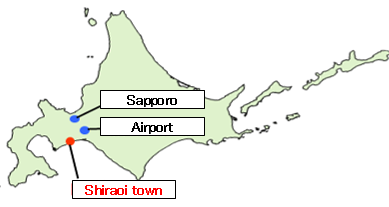
- The Symbolic Space, called “UPOPOY”, meaning “singing in a large group” in the Ainu language, wiil be opened to the public on April 24th, 2020 in Shiraoi town, Hokkaido.
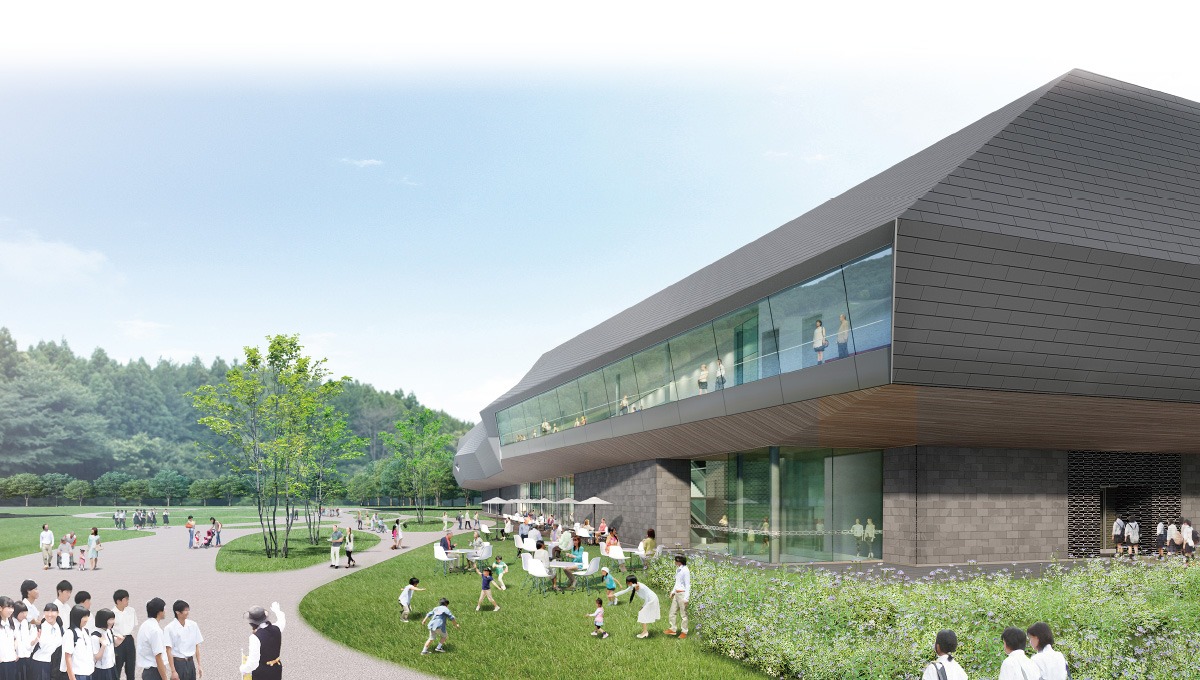
- The National Ainu Museum will become the first national museum in Hokkaido and the northernmost national museum in Japan. Shifting away from an exclusive focus on traditional Ainu culture, the museum will also highlight the diversity of contemporary Ainu culture and people from various perspectives.
- The National Ainu Park is an open-air museum where visitors can experience various elements of Ainu culture—a culture that has been cultivated amidst nature. Here, visitors can watch traditional dance performances and participate in wide-ranging hands-on programs. The park is also a place where visitors can relax and appreciate Ainu culture amidst natural splendor.
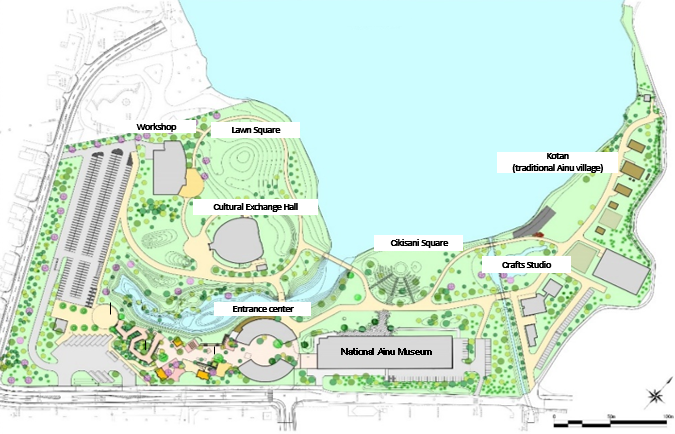
- Click on the link below for more information.
Download Pamphlet
Portal Site “UPOPOY National Museum and Park”
For Improvement of Living Standards of Ainu People
- Since 1974, the Hokkaido prefectural government has been implementing measures for the improvement of living standards of Ainu people, with the financial support by the national government.
- A variety of services provided by the prefectural government include: scholarships; welfare counseling services; job placement support; infrastructure development for agriculture, forestry, and fishery; and training in craft skills.
For Promotion of Ainu Culture
- The national government together with relevant organizations takes measures to promote Ainu culture including the Ainu language and foster the public understanding of the history and culture of the Ainu.
- The major actor of Ainu culture promotion, besides Ainu people and their organizations, is the Foundation for Ainu Culture. The Foundation was designated in May 2019 as the juridical person to implement the business concerning the promotion of Ainu culture, etc., based on the Act.
- The Foundation, with the financial support by the national and Hokkaido prefectural governments, offers a variety of opportunities for Ainu people to learn and inherit their own culture.
Recent History of Ainu Policy
From UN Declaration to the Advisory Council
- In September 2007, the United Nations General Assembly adopted the Declaration on the Rights of Indigenous Peoples, which gave a certain conclusion to the long-term UN debates on indigenous peoples.
- Correspondingly, the House of Representatives and the House of Councilors unanimously adopted the "Resolution to Recognize the Ainu as an Indigenous People" on June 6, 2008.
- In response to these, the Chief Cabinet Secretary expressed the government’s position in his statement on the same day of the Diet's resolutions, which said,
Not only will the government further enhance the Ainu policies taken so far, but it will make efforts to establish comprehensive policy measures, in reference to relevant clauses of the UN Declaration on the Rights of Indigenous Peoples, with the recognition that the Ainu are an indigenous people who have lived around the northern part of the Japanese Archipelago, especially in Hokkaido, with a unique language as well as religious and cultural distinctiveness.
- excerpt from the statement of the Chief Cabinet Secretary on June 6, 2008. - In July 2008, the Chief Cabinet Secretary called a high-level expert council, the Advisory Council for Future Ainu Policy, to consider principles and measures for future Ainu policy in Japan.
- The Advisory Council, with the representative of the Ainu people, reviewed the history of the Ainu and their indigenousness, and comprehensively considered new principles and measures. In July 2009, after about one year deliberation, the Advisory Council submitted its Final Report to the Chief Cabinet Secretary.
After the Advisory Council
- Based of the Report of the Advisory Council, the Council for Ainu Policy Promotion was set up in December 2009, hosted by the Chief Cabinet Secretary.
- The Council for Ainu Policy Promotion aims to comprehensively and effectively promote Ainu policy, taking views and opinions of Ainu people into consideration. In particular, the Council now works on the realization of comprehensive recommendations by the former Advisory Council, which identified policy priorities in Japan with reference to the UN Declaration.
- To ensure this, the Council is comprised of 14 members in total, among which five are Ainu representatives, five from scholars and experts on Ainu culture and human rights, and the remaining four from the leaders of the national and local governments.
- The Council has made steady progress in consideration of a variety of policies. Among them, the Symbolic Space for Ethnic Harmony was proposed by the former Advisory Council as the key project of its final report. The Symbolic Space, as a national center for revitalizing Ainu culture, is to be developed around Lake Proto in Shiraoi, Hokkaido, Japan. On the ground of the work of the Council's working groups, the national government, together with Ainu people and others, is now considering specific functions and facilities of the Symbolic Space.
- In addition to those policies, the Government submitted a draft bill in February 2018, which aims to implement a more comprehensive package of measures to promote local Ainu communities, industries and internal and international exchanges through tourism at the National Diet.
- The bill recognizes the Ainu as an indigenous people for the first time in national legislation and states its objective as “realizing a society that will respect the pride of the Ainu as an ethnic group.”
Meetings and Topics
Ainu Policy Headquarters
- The Ainu Policy Headquarters is established under the Cabinet for comprehensive and effective promotion of Ainu measures.
- The Headquarters is headed by the Director-General of the Ainu Policy Headquarters, and the Chief Cabinet Secretary serves in this capacity.
- Relevant Ministers of State serve as the members.
Council for Ainu Policy Promotion
- The Council for Ainu Policy Promotion aims to comprehensively and effectively promote Ainu policy, taking views and opinions of Ainu people into consideration.
- The Council was set up in December 2009, based on the Report of the Advisory Council for Future Ainu Policy in July 2009, and is hosted by the Chief Cabinet Secretary.
- With the participation of several Ainu representatives, the Council now works on the realization of recommendations by the former Advisory Council.
- List of Members (as of December, 2019)
Topics
- Sep 6, 2019
- Cabinet Decision ; Basic Policy for comprehensive and effective promotion of Ainu measures
- Jul 29, 2019
-
1st Meeting of Ainu Policy Promotion Headquarters
- The Headquarters considered a draft of the Basic Policy for comprehensive and effective promotion of Ainu measures
- Dec 19, 2018
-
11th meeting of the Council
- The Council considered the way of new Ainu policy
- May 14, 2018
- 10th meeting of the Council
- May 23, 2017
-
9th meeting of the Council
- Working Group for Ainu Policy Promotion reported the progress of their consideration and recommended the acceleration of Symbolic Space for Ethnic Harmony embodiment
- May 13, 2016
- 8th meeting of the Council
- Oct 1, 2015
- 7th meeting of the Council
- Jun 13, 2014
- Cabinet Decision ; Basic Policy for development, management and operation of Symbolic Space for Ethnic Harmony
- Jun 2, 2014
-
6th meeting of the Council
- Working Group for Ainu Policy Promotion reported;
- Methods for development, management and operation of Symbolic Space for Ethnic Harmony
- Progress of national-wide policy in consideration of Research on Living Conditions of Ainu People
- Guideline for repatriation of human remains of the Ainu which names are identified
- Feb 26, 2014
-
Relevant Ministers decides
- Method of certification as measures subject of Ainu people who reside outside Hokkaido
- Sep 11. 2013
-
5th meeting of the Council
- Working Group for Ainu Policy Promotion reported;
- Basic Concept for Activities of culture tradition etc. in Symbolic Space for Ethnic Harmony
- Basic Concept for Repatriation and aggregation of human remains of the Ainu
- Progress of national-wide policy in consideration of Research on Living Conditions of Ainu People outside Hokkaido
- Jul 31, 2013
- Relevant Ministers decides ‘the schedule for development of the Symbolic Space for Ethnic Harmony’.
- Jul 31, 2012
- Relevant ministries decided the "Master Plan for the Symbolic Space for Ethnic Harmony".
- Jul 6, 2012
-
4th Meeting of the Council
- Working Group for Ainu Policy Promotion reported the progress of their consideration and recommended initiatives to be taken by the government.
- Aug 31, 2011
- New "Working Group for Ainu Policy Promotion" was established.
- Jan 24, 2011
-
3rd Meeting of the Council
- Two working groups finalized their consideration and submitted their reports to the Council.
- Aug 24, 2010li>
- 2nd Meeting of the Council
- Mar 11, 2010
-
Following two working groups were established:
- Working Group for the "Symbolic Space for Ethnic Harmony"
- Working Group for the Research on Living Conditions of Ainu People outside Hokkaido
- Jan 29, 2010
- 1st Meeting of the Council
- Dec 25, 2009
- Chief Cabinet Secretary decided to set up the Council.
- Jul 29, 2009
- Final Report of the former Advisory Council for Future Ainu Policy was submitted to Chief Cabinet Secretary.


